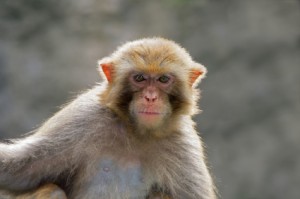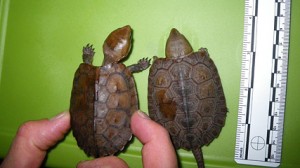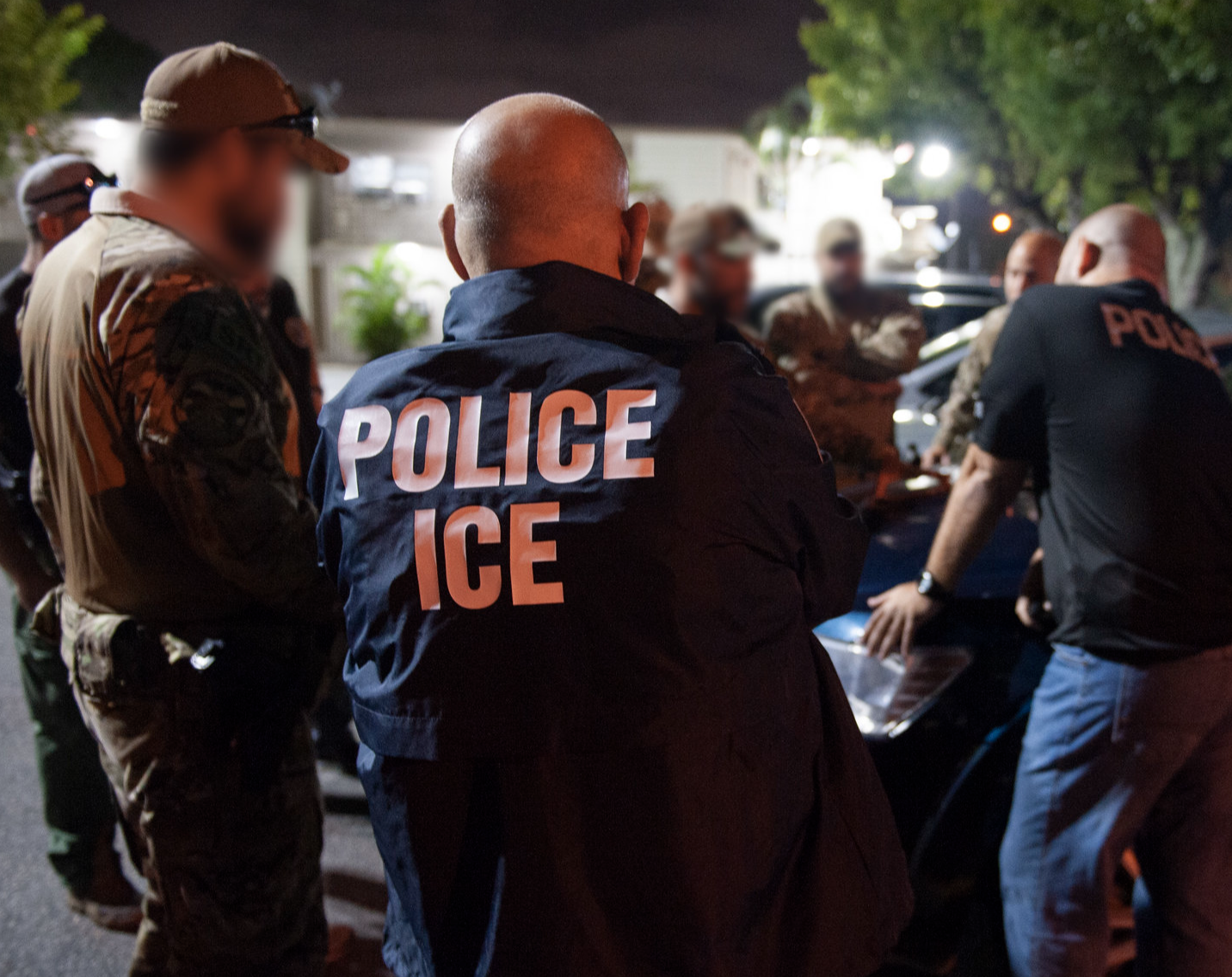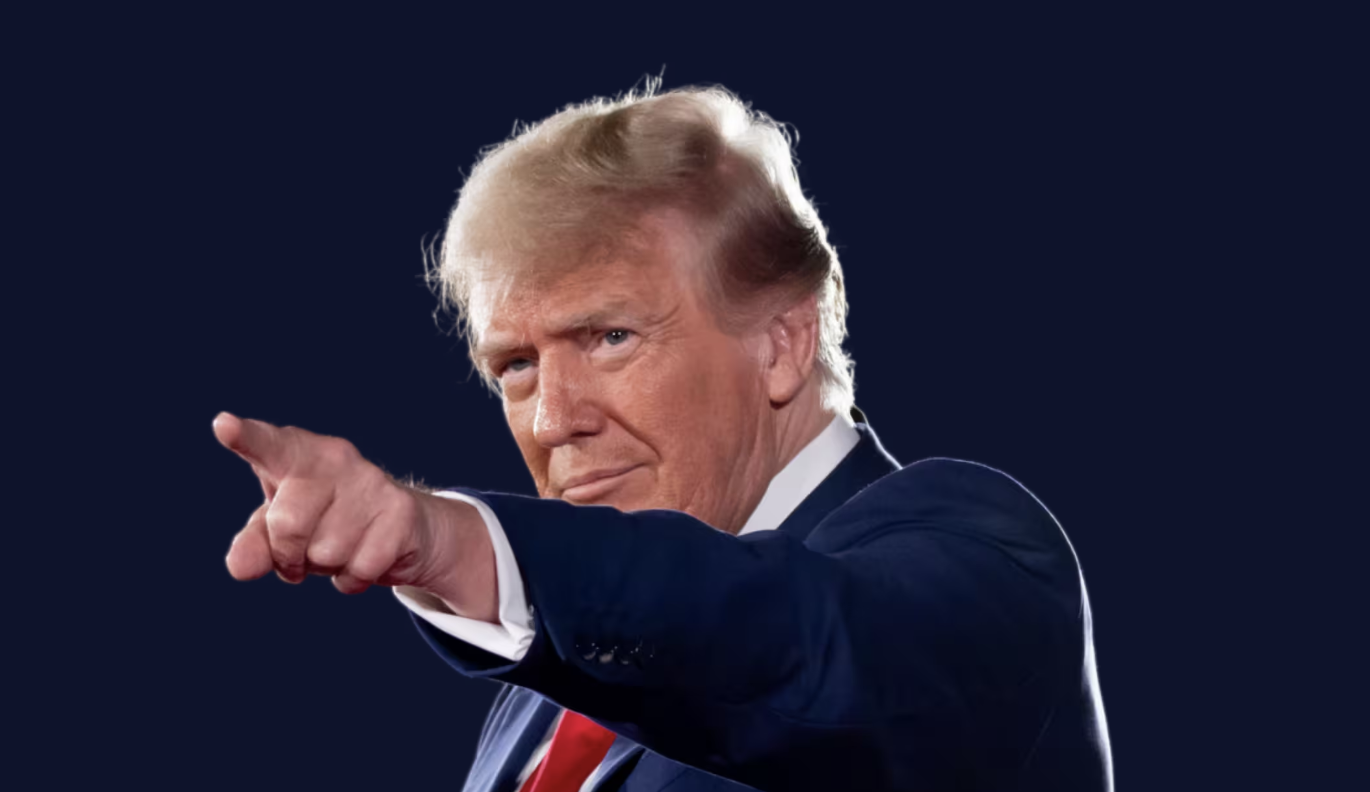
On any given day, the sprawling Los Angeles International Airport known as LAX can be a zoo, locked in a frenetic pace, passengers coming and going. And then on certain days, it really, really is a zoo.
Over the past few years alone, federal law enforcement authorities have nabbed people trying to illegally smuggle in everything from lizards to songbirds. They’ve used money belts and snack boxes. One woman faked a pregnancy to smuggle a pet monkey from Thailand.
The latest incident came Friday when the U.S. Fish and Wildlife Service busted two Japanese men at LAX. The suspects allegedly hid 55 live turtles and tortoises in snack-food boxes packed in luggage. The turtles were all protected by the Convention on International Trade in Endangered Species, or CITES.
Authorities charged Atsushi Yamagami, 39, and Norihide Ushirozako, 49, of Osaka, Japan, with illegally importing wildlife into the U.S. and violating the Endangered Species Act. The two men have been detained pending a Jan. 31 arraignment.
“The plundering and smuggling of rare plants and animals to satisfy the desires of hobbyists is not only shameful, in some circumstances it can pose a threat to public safety and the environment,” Claude Arnold, special agent in charge for the Immigration and Customs Enforcement’s Homeland Security Investigations in Los Angeles, said in a statement following the bust.
Los Angeles isn’t the only airport that has the problem with the illegal smuggling of animals, a worldwide trade estimated to generate up to $10 billion a year in revenue, a close second or third to illegal drugs, says Ed Newcomer, a special agent with the U.S. Fish and Wildlife Service in Los Angeles. In the U.S., other key airports with animal smuggling problems include Miami, New York, Chicago and San Francisco.
Still, over the years, some of the higher-profile cases have come out LAX.
Newcomer says that because of the eclectic culture in Los Angeles, there seems to be a diverse selection of animals that are smuggled: wild reptiles from Asia, illegal caviar or fish eggs from Eastern Europe, and parrots from South America and Mexico.
“And it all ends up here for sale in LA,” he said, adding that some wealthy people like to collect rare animals and are willing to pay hundreds, if not thousands, of dollars for them.
Is the problem growing?
“It’s hard to estimate what you don’t know,” said Newcomer, who added that his agency makes several cases a year at LAX. “But I think it’s growing. The Internet allows people to connect more easily.”
Authorities say people must declare items at the port of first arrival in the U.S. and file a Declaration for Importation or Exportation of Fish and Wildlife form. And they can’t sell animals on the endangered species list.

One of the more unusual cases at LAX came on Dec. 26, 2007, when a Washington state woman drugged a rhesus monkey and transported it by plane from Thailand to LAX. Gypsy Lawson, 28, concealed the animal next to her belly, using a pad to make it appear she was pregnant. Newcomer said she actually made it out of the airport, but she bragged openly about it to a store clerk, who reported her. Subsequently, authorities ended up busting her and she was convicted in 2008 of violating wildlife laws.
In November 2009, a man named Michael Plank, who was passing through customs at LAX after arriving from Australia, was stopped trying to smuggle two geckos, two monitor lizards and 11 skinks in a money belt wrapped around his chest, authorities said. The animals were reportedly valued at $8,500.
The same year, a California man named Song Dong was arrested at LAX after customs agents said they found more than a dozen birds underneath his clothing after arriving from Vietnam. Authorities reported that he had bird feathers and droppings on his socks.
In the latest case involving the turtles and tortoises, Yamagami and Ushirozako traveled from Osaka to LAX on Jan. 7, according to an affidavit by Paul Montuori, an agent with the U.S. Fish and Wildlife Service.
A Customs and Border Patrol officer conducted a search of Ushirozako’s suitcase and found the turtles in snack boxes, authorities say. The types of turtles included fly rivers, Chinese big heads, flapshells, albino Chinese softshells and Malayan snail-eating turtles.
Montuori wrote in the affidavit that Yamagami, through a translator, admitted the hidden turtles belonged to him and that he paid Ushirozako to carry them live. He said that on eight prior occasions either he or someone else traveled to the U.S. and concealed the turtles and tortoises in suitcases without declaring them, and sold them to customers in the U.S.
He would then “purchase turtles and tortoises in the United States that were unavailable in Japan,” the affidavit said.
Ushirozako told authorities he had smuggled turtles into the U.S. on around five previous occasions, according to the affidavit.
Newcomer, who helped work on the case, said smuggling can be very harmful to the animals, particularly for types such as birds.
“Our intelligence tells us people who smuggle live birds from South America or Mexico count on a 50 percent fatality rate during travel. So they bring in twice as many as they want to sell.”





